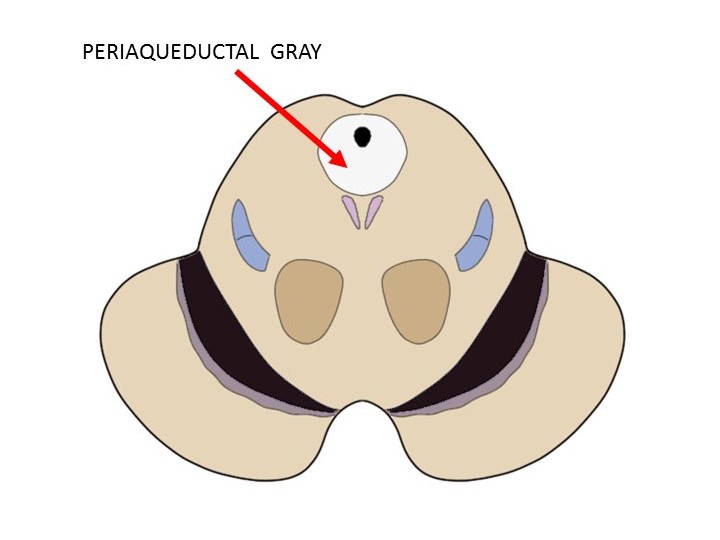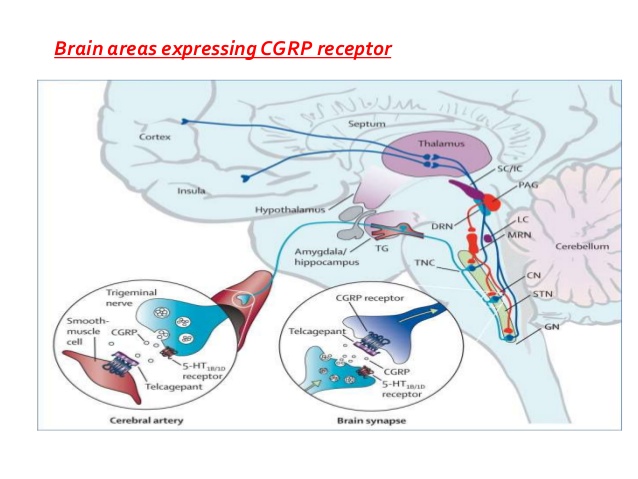- Thread starter
- #21
HA!! Found part of the puzzle.
At 42:45 Dr. Bob Melamede explains the neuronal influence of endocannabinoids. Start with the idea that any energy usage in the body, as in the activation of neurotransmitters, and the opening and functioning of calcium channels, is change and creates free radicals. It's the creation of these dangerous molecules, a natural and necessary part of the flow of energy maintenance in the system, that cues the ECS to create endocannabinoids.
Everything vibrates. It must be the tone of the vibration of the free radicals setting off some sort of mechanism that creates the cannabinoids.
We are so wonderfully made.

 At 1:11 he justifies my belief that conservatives are likely not to have been breastfed as infants.
At 1:11 he justifies my belief that conservatives are likely not to have been breastfed as infants.
At 1:12 it becomes a discussion on how political leanings are a result of ECS breakdown in the brain, likely a lack of either receptors or an inability to create adequate cannabinoids to protect the body from stress. I'd think it'd more likely be lack of receptors. That's just a guess on my part.
At 42:45 Dr. Bob Melamede explains the neuronal influence of endocannabinoids. Start with the idea that any energy usage in the body, as in the activation of neurotransmitters, and the opening and functioning of calcium channels, is change and creates free radicals. It's the creation of these dangerous molecules, a natural and necessary part of the flow of energy maintenance in the system, that cues the ECS to create endocannabinoids.
Everything vibrates. It must be the tone of the vibration of the free radicals setting off some sort of mechanism that creates the cannabinoids.
We are so wonderfully made.


 At 1:11 he justifies my belief that conservatives are likely not to have been breastfed as infants.
At 1:11 he justifies my belief that conservatives are likely not to have been breastfed as infants.At 1:12 it becomes a discussion on how political leanings are a result of ECS breakdown in the brain, likely a lack of either receptors or an inability to create adequate cannabinoids to protect the body from stress. I'd think it'd more likely be lack of receptors. That's just a guess on my part.





 They depress the respiratory center of the brain and your body forgets to breathe.
They depress the respiratory center of the brain and your body forgets to breathe.
 ).
).



